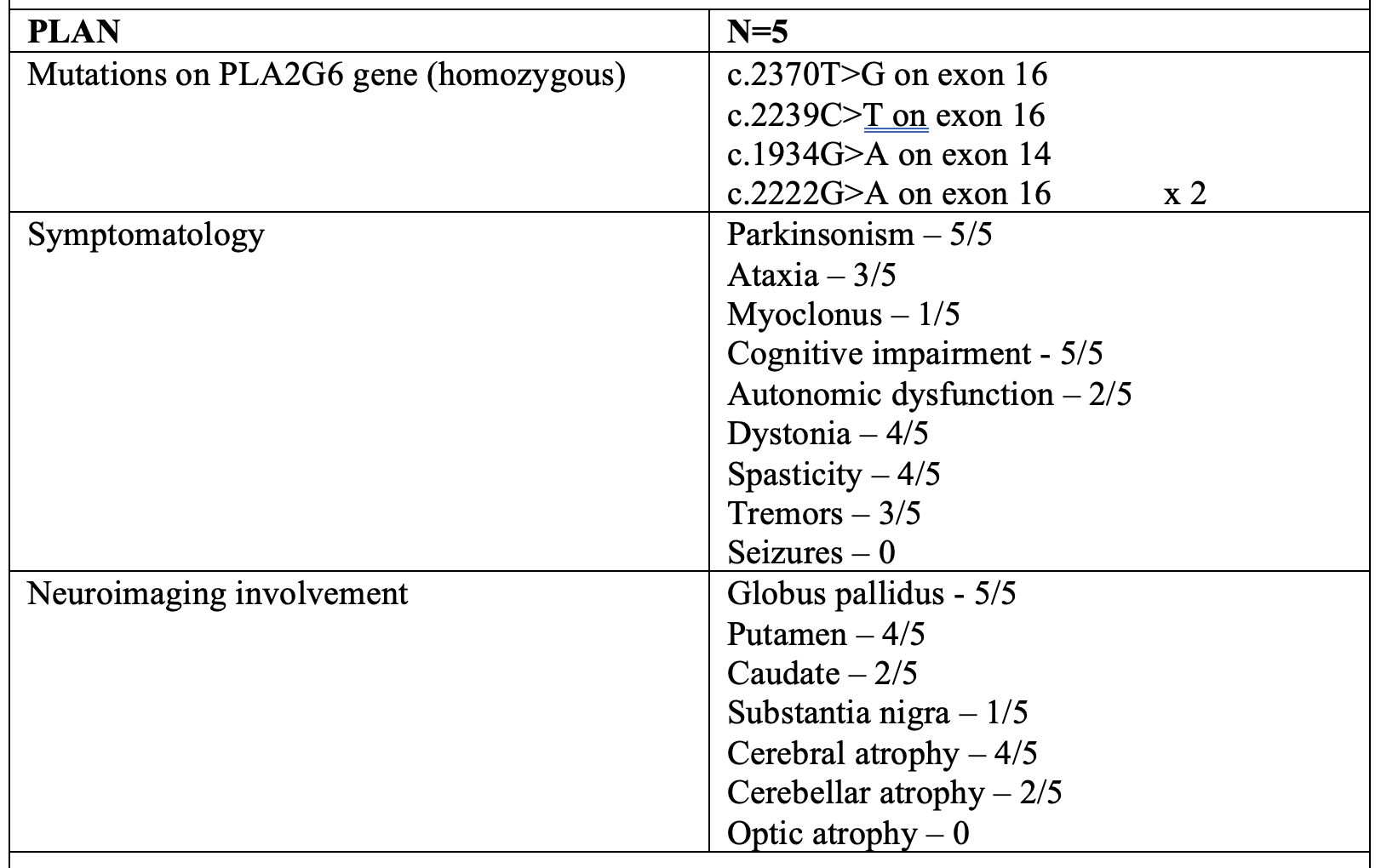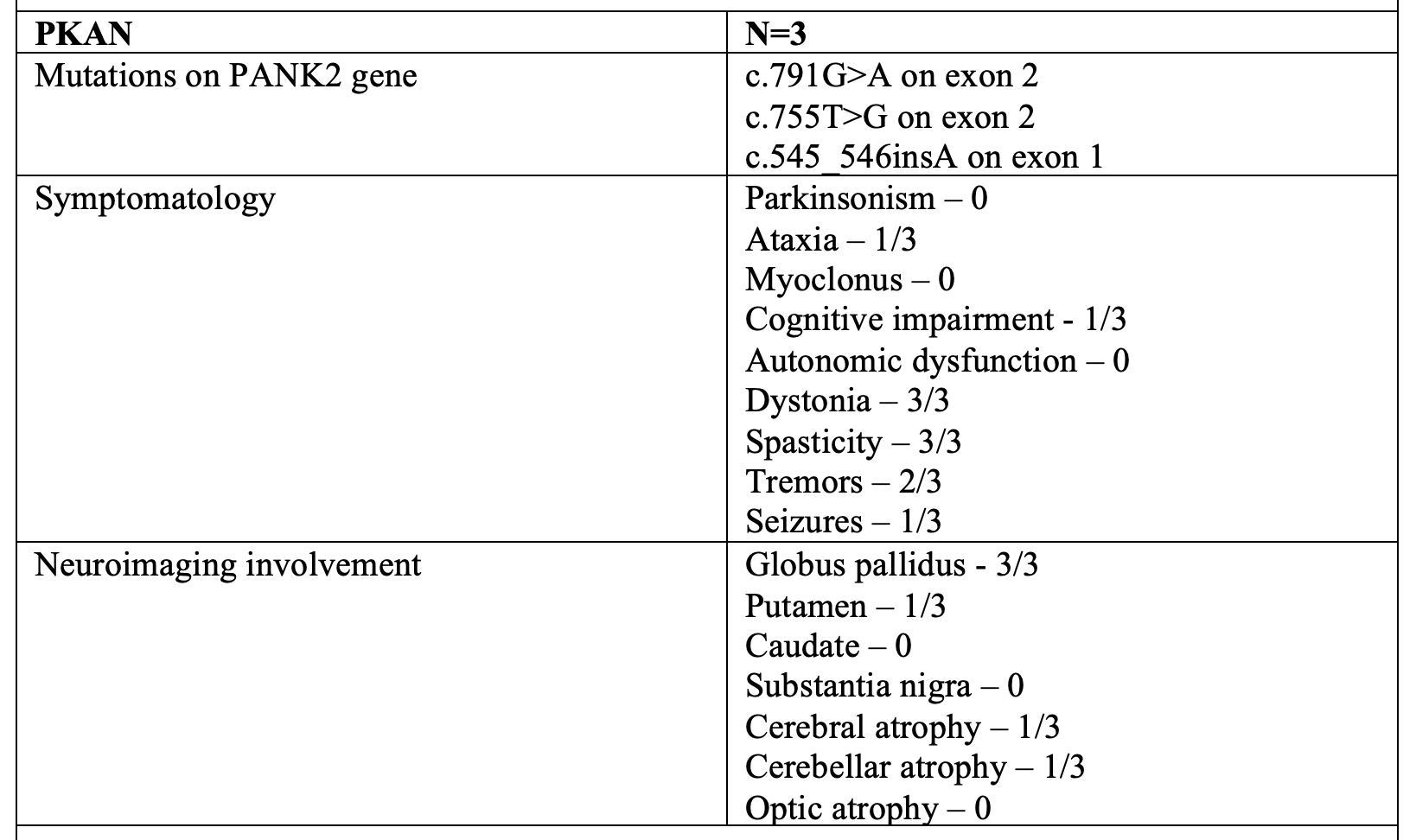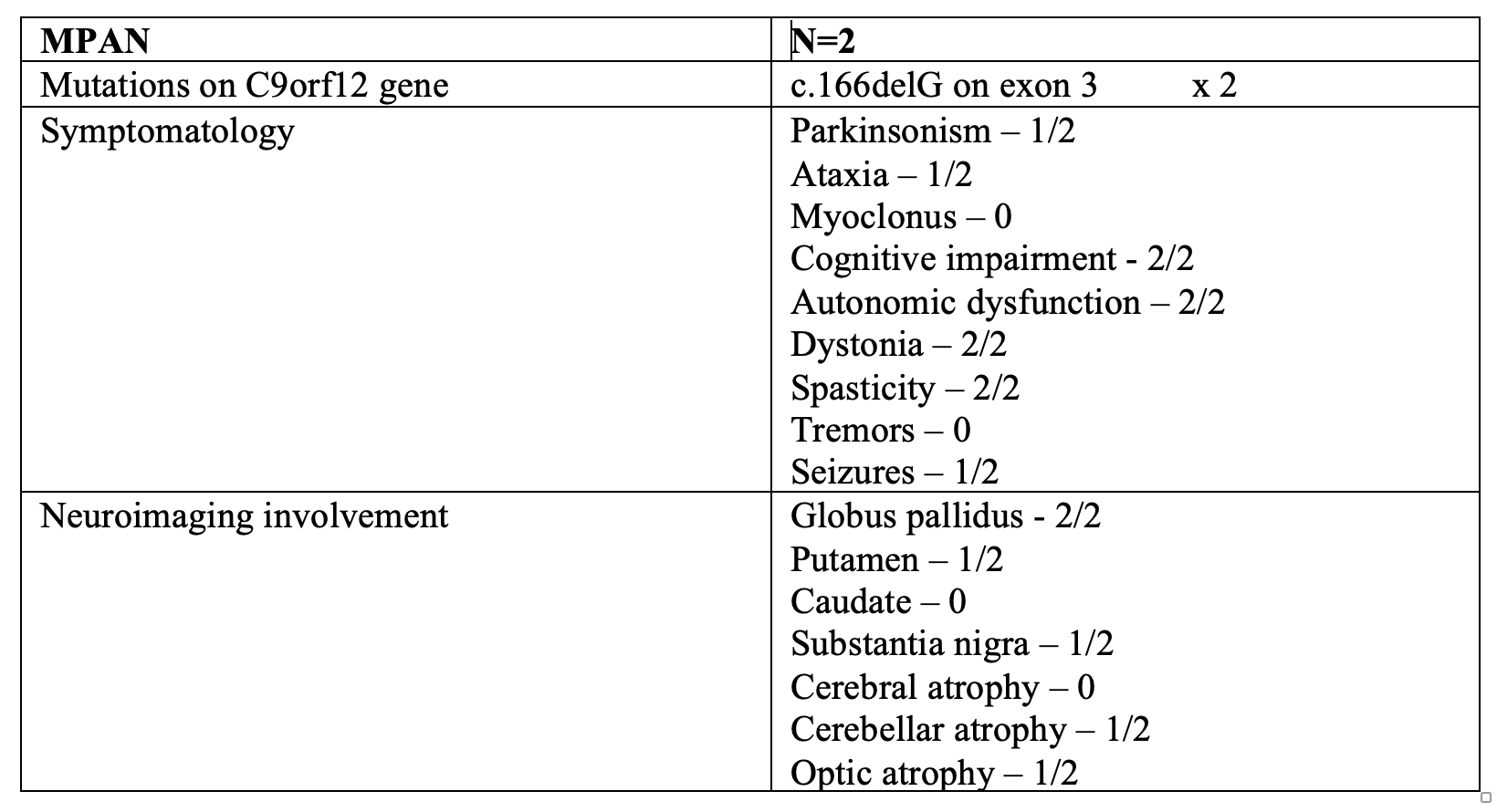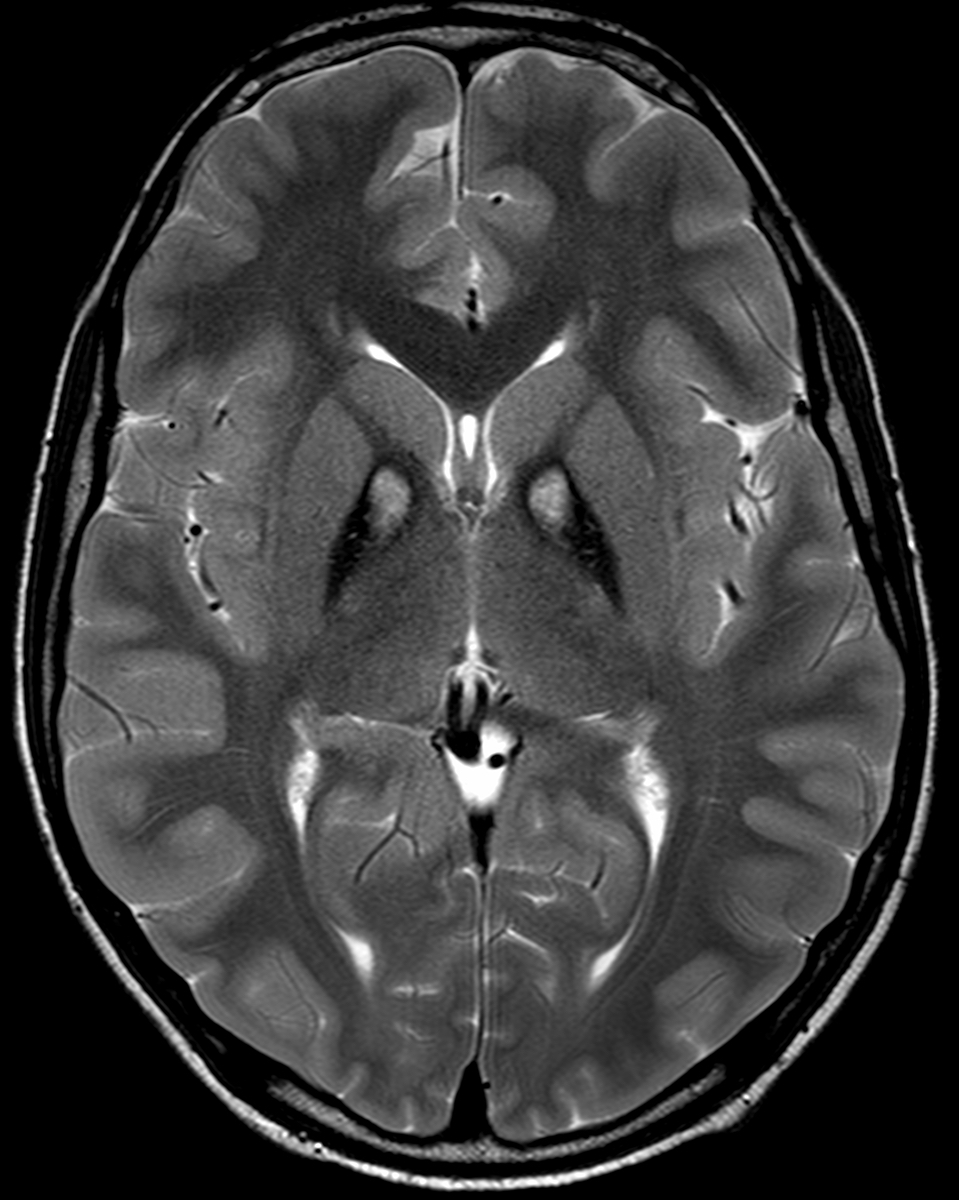Category: Rare Genetic and Metabolic Diseases
Objective: To study the clinical, radiological and genetic characteristics of patients with NBIA from a single centre in India.
Background: Neurodegeneration with Brain Iron Accumulation (NBIA) comprises a heterogeneous group of inherited neurodegenerative disorders collectively characterized by extrapyramidal movement disorders and abnormal iron accumulation in the deep basal ganglia nuclei of the brain. Ten NBIA genes have been identified to date: eight are autosomal recessive, one is autosomal dominant, and one is X- linked dominant. Prevalence data is incomplete, but all forms of NBIA are considered to be extremely rare.
Method: We conducted a prospective study at a tertiary care centre in India between January- December 2022. All patients with history suggestive of movement disorders in young individuals (<45 years old) were screened for NBIA (after ruling out Wilson’s disease) by whole exome sequencing using DNA isolated from their blood.
Results: We diagnosed 10 cases of NBIA: 5-PLAN (PhosphoLipase A2 group VI Associated Neurodegeneration), 3-PKAN (Pantothenate Kinase Associated Neurodegeneration) and 2-MPAN (Mitochondrial membrane Protein Associated Neurodegeneration). There was a male predominance (9:1) with a median age at presentation of 17.5 years with a median symptom duration of 4 years. Among PLAN patients, parkinsonism, spasticity, dystonia and cognitive impairment were the most common symptoms. Among PKAN patients, dystonia and spasticity were present in all patients. MPAN patients presented with dystonia, spasticity, cognitive impairment and autonomic dysfunction. Other symptoms present were tremors, ataxia, myoclonus and seizures. No patient had chorea, tics or stereotypies. Response to levodopa was not observed in any patient. All patients had involvement of the globus pallidi radiologically with varying degrees of involvement of the caudate, putamen and substantia nigra with or without cerebral and cerebellar atrophy.
Conclusion: NBIAs are an extremely rare group of inherited movement disorder with presentation in the second decade. Neuroimaging provides essential clues to diagnosis.
To cite this abstract in AMA style:
A. Agarwal, D. Garg, D. Radhakrishnan, R. Rajan, A. Garg, A. Srivastava. Neurodegeneration with Brain Iron Accumulation: A case series from a single center in India [abstract]. Mov Disord. 2023; 38 (suppl 1). https://www.mdsabstracts.org/abstract/neurodegeneration-with-brain-iron-accumulation-a-case-series-from-a-single-center-in-india/. Accessed April 17, 2025.« Back to 2023 International Congress
MDS Abstracts - https://www.mdsabstracts.org/abstract/neurodegeneration-with-brain-iron-accumulation-a-case-series-from-a-single-center-in-india/





